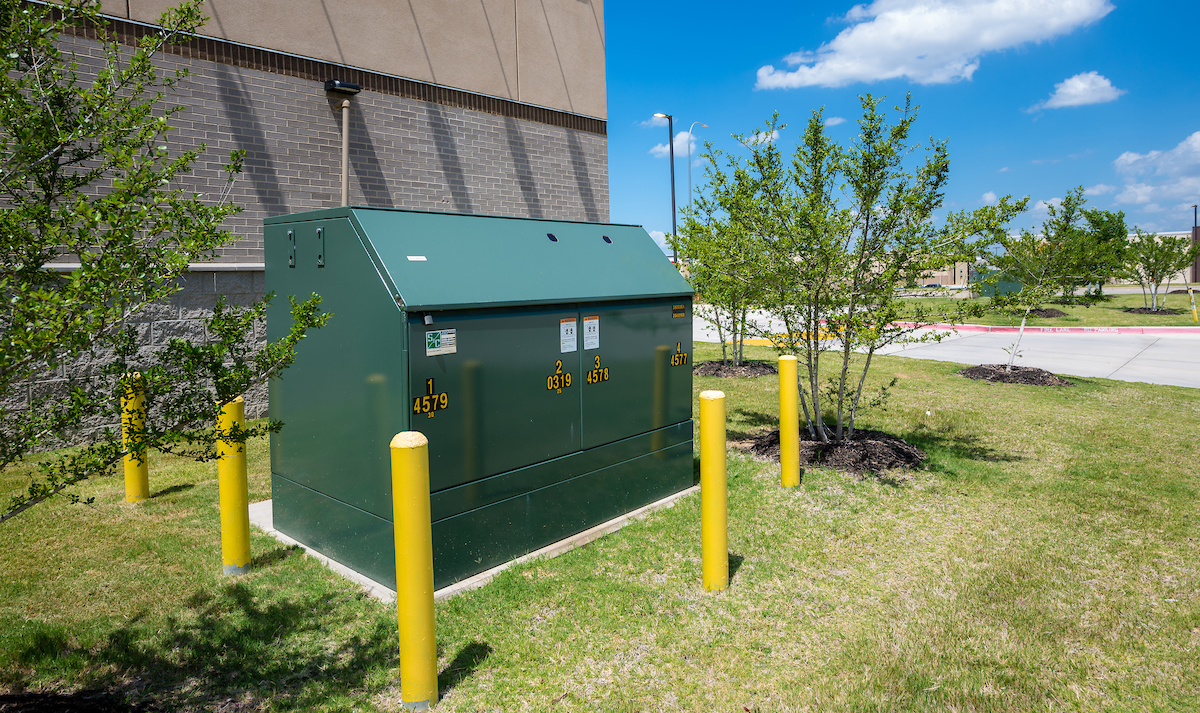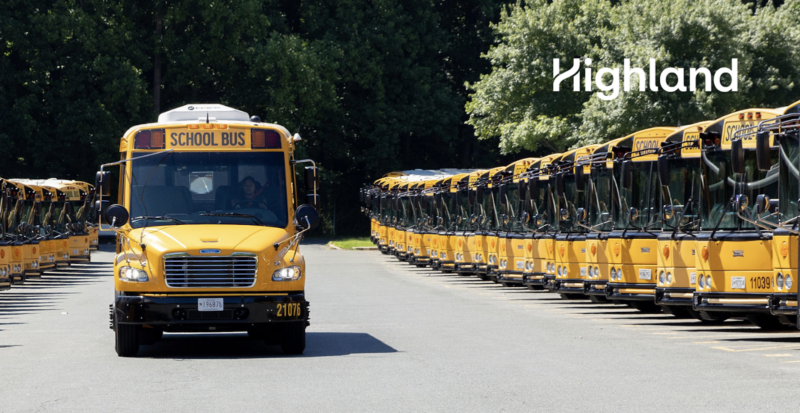Sign up for daily news updates from CleanTechnica on email. Or follow us on Google News!
By Kyle Julian, Regional Director, Commercial & Industrial Sales, U.S. West
Without data centers, life as we know it would collapse. That may sound like hyperbole, but our entire digital economy relies on data centers.
But it turns out that data centers use a lot of electricity. In fact, the Electric Power Research Institute (EPRI) predicts that data centers could use as much as 9% of U.S. electricity by 2030. Much of this electricity consumption is currently powered by fossil fuels.
To meet global sustainability goals, data centers and the surrounding infrastructure industries have an enormous responsibility to adopt practices to enhance their own efficiency and power resilience — and the resilience of our planet.
Having spent most of my career working to power data centers, I’ve watched as the industry has squeezed out most of the wasted energy in a data center beyond the actual IT load. That monster has largely been defeated, but the demand for pure IT grows exponentially.
What, then, is next?
Zoom Out
A data center’s core business is computing. The massive systems that deliver power, water, and cooling are necessary to achieve this but aren’t the core business of a data center provider and can easily be overlooked in their environmental impact, especially when you zoom out across a global fleet of data centers.
Zoom In
A data center is a physical complex with complicated systems, each containing an extraordinary amount of equipment to ensure that no matter what chaos happens on the outside, the user’s cloud experience is untouchable. Generally speaking, this requires doubling these systems to provide redundancy in a component failure. That’s a lot of equipment. Where to look for efficiencies?
Let’s zoom in and choose a niche category: medium-voltage switchgear (5,000–46,000 volts).

Embrace a Distributed Medium-Voltage System Design
Centralized systems, which rely on a single switchgear lineup to power an entire facility, lack resilience. Any fault can leave the entire facility vulnerable, leading to extended outages and costly downtime. For the uninitiated, think of your home circuit-breaker panel, supersized for power at utility voltages.
In contrast, a well-constructed distributed medium-voltage electrical system is crucial for keeping the power on 24/7/365. This approach, widely used by electric utilities, incorporates redundancy by connecting backup power sources to ensure seamless power delivery, even in the event of a fault.
A distributed system design isolates power faults to small areas, thanks to protective devices throughout the network. This means the facility can continue operating while the fault is resolved, minimizing downtime. According to the Uptime Institute’s data, 40% of data centers have enhanced their resilience in recent years by incorporating redundancy into their systems.
The environmental benefit of this reliable system design change is that it reduces the frequency, duration, and impact size of an outage, which in turn reduces the time and number of circuits that the data center’s fleet of massive backup diesel generators will need to operate to support during an outage.
Implement Robust, Compact Switchgear
Switchgear equipment’s job is to prevent interruptions by controlling the power flow within an electrical system. The problem, however, is that many critical facilities rely on conventional metal-clad circuit breaker gear for their medium-voltage systems.

More frequent and severe weather events make it more critical than ever to upgrade to switchgear capable of withstanding these conditions. Metal-clad switchgear is not sealed and is submersible, requiring it to be housed inside the data center or in separate buildings. To solve this, unnecessary land purchases, construction costs, and environmental burdens are incurred. The impact continues over the life of either of these options, including lighting, cooling, and other additional loads required just to support the buildings for the conventional electrical equipment.
Modern, utility-grade switchgear’s compact and flexible nature allows for versatile installation, whether above ground or underground, freeing up valuable space for other facility needs. This equipment is sealed and proven to withstand harsh environmental challenges, such as severe weather or condensation. As such, it offers advanced protection and operational reliability.
Automate and Eliminate
Automation is crucial when it comes to power system resilience. By using smart controls that monitor real-time system data, modern sealed switchgear can detect and respond to faults in a distributed medium-voltage system quickly and with intelligence, ensuring restoration without disrupting the cloud user’s experience.
Automating restoration saves time and money by reducing downtime and delivers environmental benefits due to reduced backup generator usage. It also eliminates human error, the most common cause of outages. According to the Ponemon Institute, 25% of data center outages stem from human mistakes. Automation speeds up the restoration process and significantly reduces the risk of such errors.
Sealed switchgear also requires no mechanical maintenance, eliminating a risky situation for human error, life safety, and environmental waste from diesel generators running as backup during maintenance.
Why Resilience Matters for Data Centers
Power resilience is more than a technical challenge for data centers — it’s a business imperative. Maintaining uptime is essential as industries face growing markets and increasingly severe weather patterns.
Data centers face immense financial pressure during outages. The Uptime Institute reports that 25% of data center outages in 2022 cost over $1 million each, marking a 10% increase from 2021. This rising trend reflects how vital power resilience has become for these facilities, as even a momentary loss of power can disrupt services, halt data flow, and result in massive losses.
By implementing modern technologies like S&C’s Vista Green Switchgear, data centers can protect themselves from the significant financial losses caused by outages and ensure they remain operational, no matter the circumstances. In an era where every second of downtime can mean lost revenue, power system resilience is no longer a luxury — it’s a necessity.
Article sponsored by S&C.

Chip in a few dollars a month to help support independent cleantech coverage that helps to accelerate the cleantech revolution!
Have a tip for CleanTechnica? Want to advertise? Want to suggest a guest for our CleanTech Talk podcast? Contact us here.
Sign up for our daily newsletter for 15 new cleantech stories a day. Or sign up for our weekly one if daily is too frequent.
CleanTechnica uses affiliate links. See our policy here.
CleanTechnica’s Comment Policy





